Top 17 Native Plants For Attracting Birds To Your Yard
Creating a bird-friendly backyard is a rewarding way to connect with nature, and using native plants is one of the best ways to attract a variety of feathered friends. Native plants provide the right food, shelter, and nesting opportunities for birds while supporting local ecosystems. Plus, they’re often easier to care for than non-native species, as they’ve adapted to your region’s specific conditions.
If you want to turn your yard into a bird haven, here are the top native plants that will help you attract a variety of birds, from songbirds to migratory species. We’ll also cover the growing conditions, plant size, and ideal USDA hardiness zones for each plant.

1. Purple Coneflower (Echinacea purpurea)
- Growing Conditions: Full sun to partial shade, well-drained soil.
- Size: 2-5 feet tall, 1-2 feet wide.
- Best Zones: 3-9.
- Bird Appeal: The seed heads of the Purple Coneflower are a favorite for finches and other seed-eating birds. Its nectar also attracts pollinators like bees, which benefits the whole ecosystem.
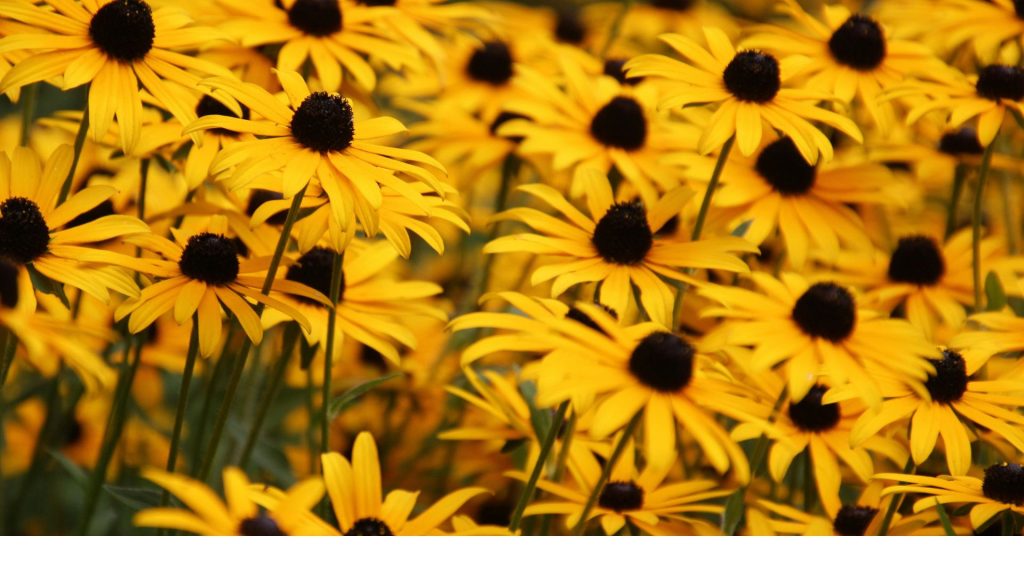
2. Black-eyed Susan (Rudbeckia hirta)
- Growing Conditions: Full sun, average, well-drained soil.
- Size: 1-3 feet tall, 1-2 feet wide.
- Best Zones: 3-9.
- Bird Appeal: Black-eyed Susans are known for their vibrant yellow blooms, and their seeds are a major food source for birds like chickadees, goldfinches, and nuthatches.
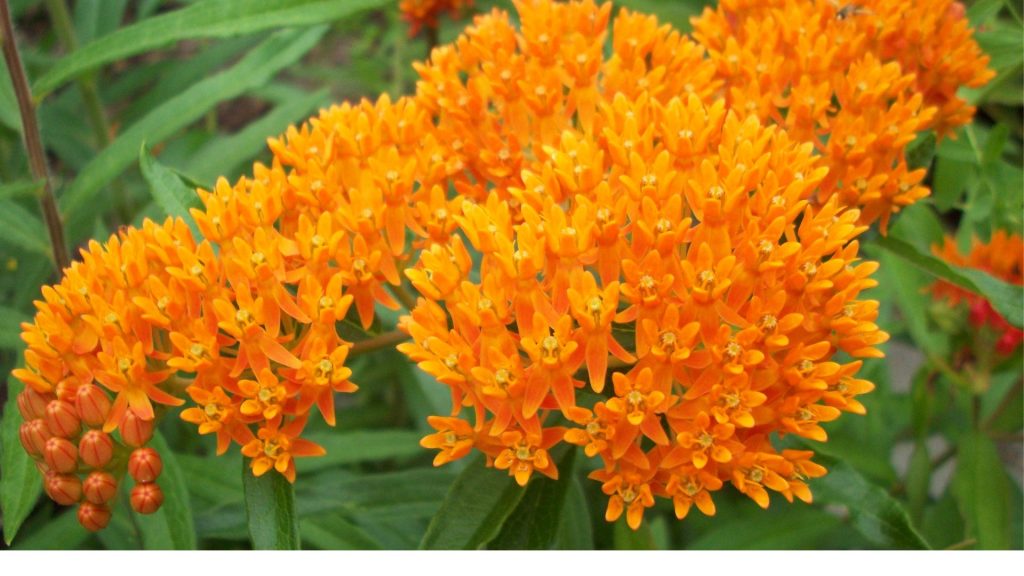
3. Milkweed (Asclepias spp.)
- Growing Conditions: Full sun, well-drained soil.
- Size: 2-5 feet tall, 1-3 feet wide.
- Best Zones: 4-9.
- Bird Appeal: Milkweed is known for attracting monarch butterflies, but it also provides seeds that are highly attractive to birds like sparrows and finches.
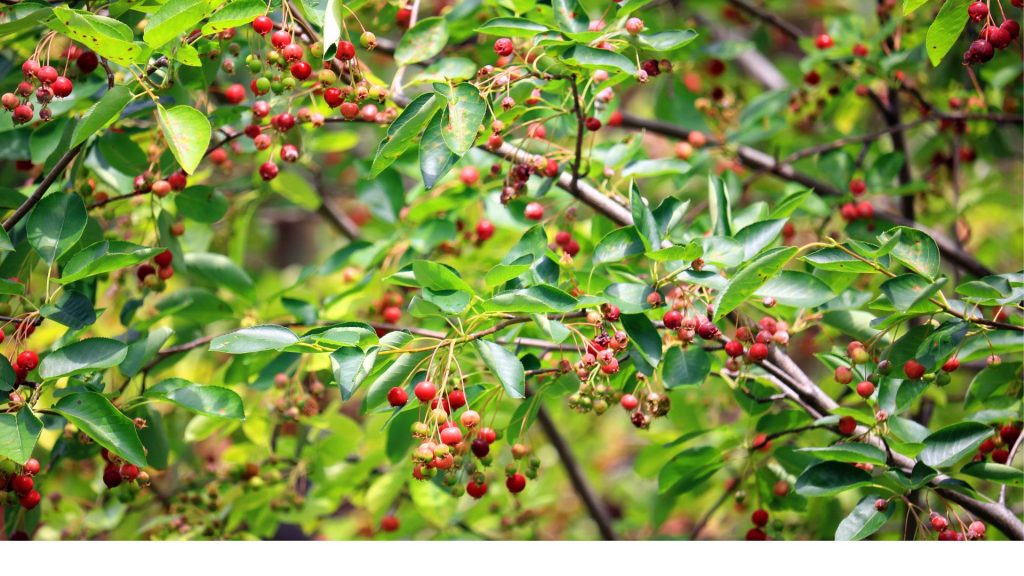
4. Serviceberry (Amelanchier spp.)
- Growing Conditions: Full sun to partial shade, moist, well-drained soil.
- Size: 15-25 feet tall, 10-15 feet wide.
- Best Zones: 4-8.
- Bird Appeal: Serviceberries produce small, sweet fruits that are irresistible to many birds, including robins, cedar waxwings, and thrushes. They also offer great cover for nesting.
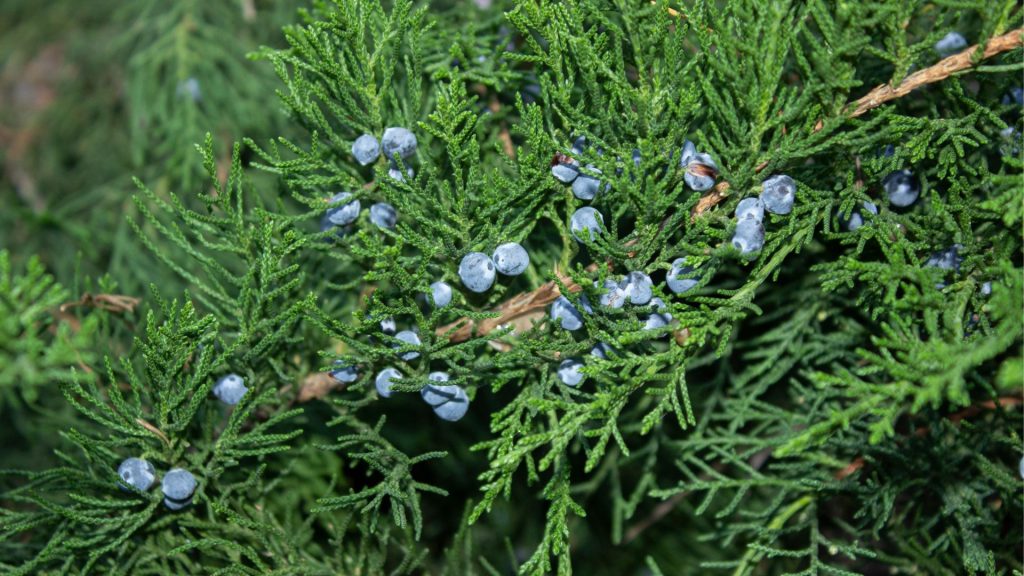
5. Eastern Red Cedar (Juniperus virginiana)
- Growing Conditions: Full sun, well-drained soil.
- Size: 40-50 feet tall, 8-20 feet wide.
- Best Zones: 3-9.
- Bird Appeal: The evergreen foliage provides excellent shelter for birds year-round, while its berries are a favorite food source for species like bluebirds, mockingbirds, and cedar waxwings.
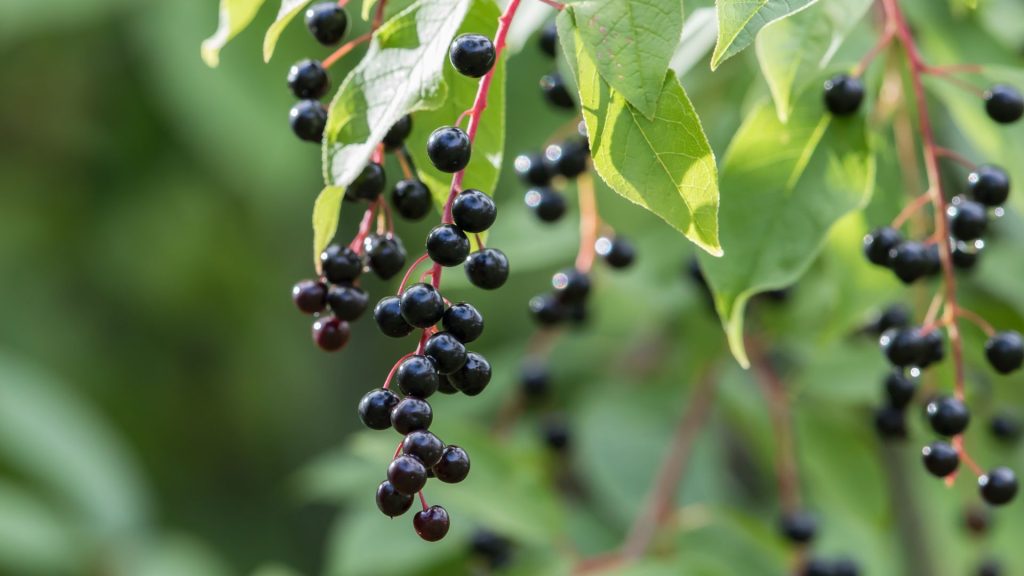
6. Chokecherry (Prunus virginiana)
- Growing Conditions: Full sun to partial shade, well-drained soil.
- Size: 15-30 feet tall, 12-18 feet wide.
- Best Zones: 2-8.
- Bird Appeal: The small, tart cherries produced by chokecherry trees are a favorite of many bird species, including woodpeckers, robins, and orioles.
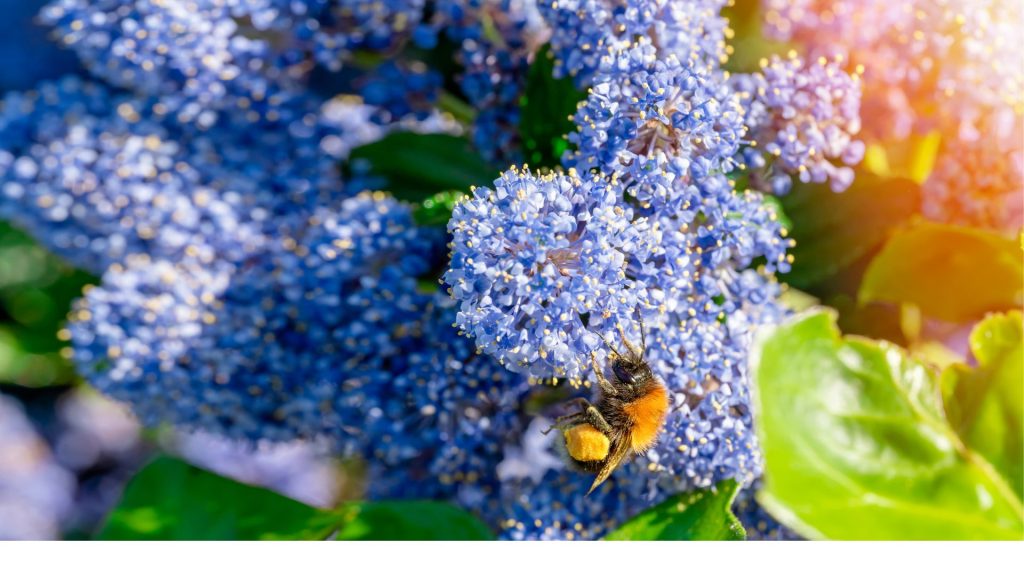
7. New Jersey Tea (Ceanothus americanus)
- Growing Conditions: Full sun, well-drained soil.
- Size: 3-4 feet tall, 3 feet wide.
- Best Zones: 4-8.
- Bird Appeal: This native shrub attracts insects, which, in turn, provide a source of food for birds. It’s particularly attractive to sparrows and warblers, who enjoy foraging in the dense foliage.
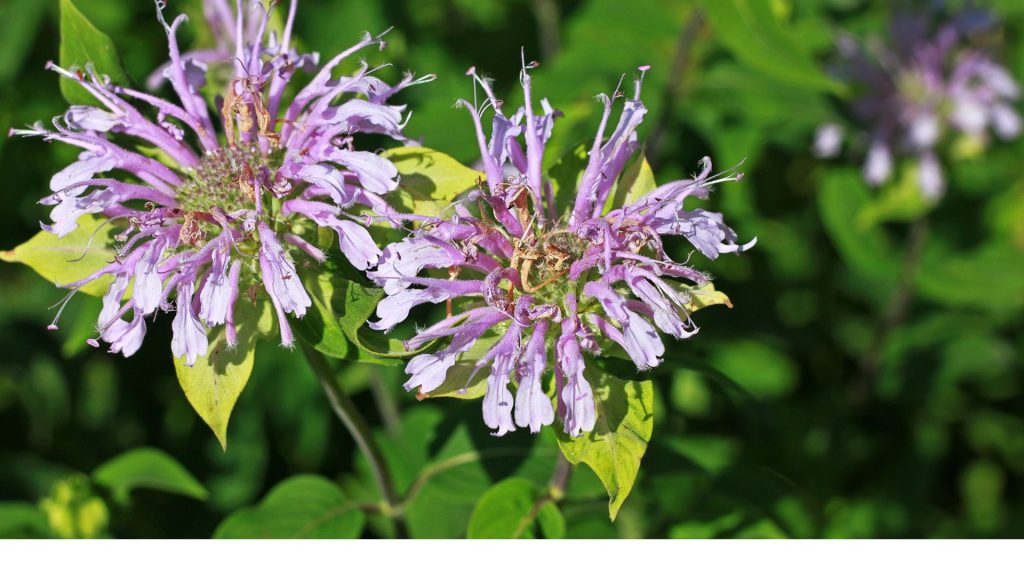
8. Wild Bergamot (Monarda fistulosa)
- Growing Conditions: Full sun, moist, well-drained soil.
- Size: 2-4 feet tall, 1-2 feet wide.
- Best Zones: 4-9.
- Bird Appeal: The nectar-rich flowers of wild bergamot attract hummingbirds, while its seeds are loved by finches, sparrows, and other seed-eating birds.
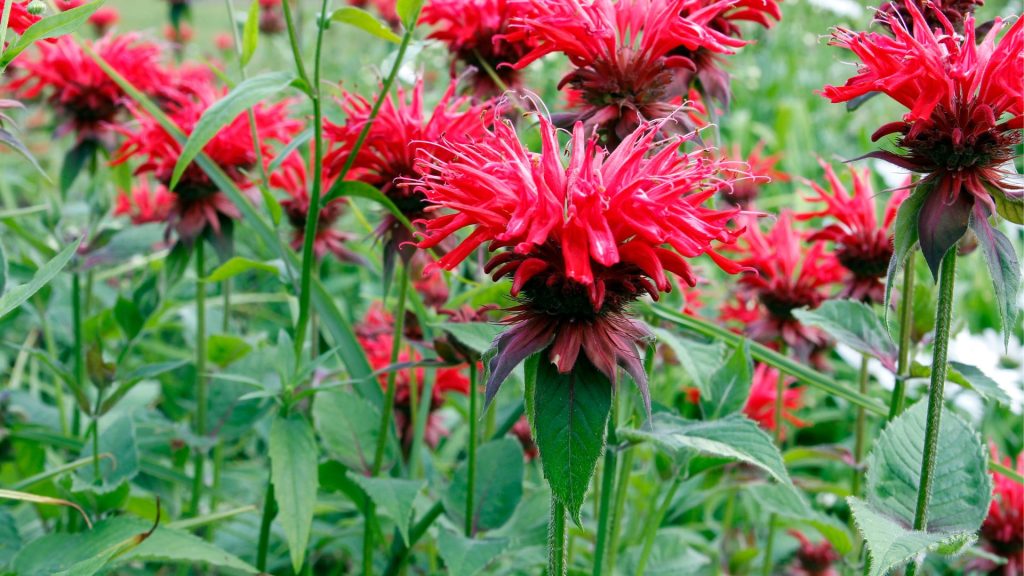
9. Bee Balm (Monarda didyma)
- Growing Conditions: Full sun to partial shade, moist, well-drained soil.
- Size: 2-4 feet tall, 1-2 feet wide.
- Best Zones: 4-9.
- Bird Appeal: The showy, fragrant flowers attract hummingbirds and butterflies, while the seeds are popular with finches and other small birds.
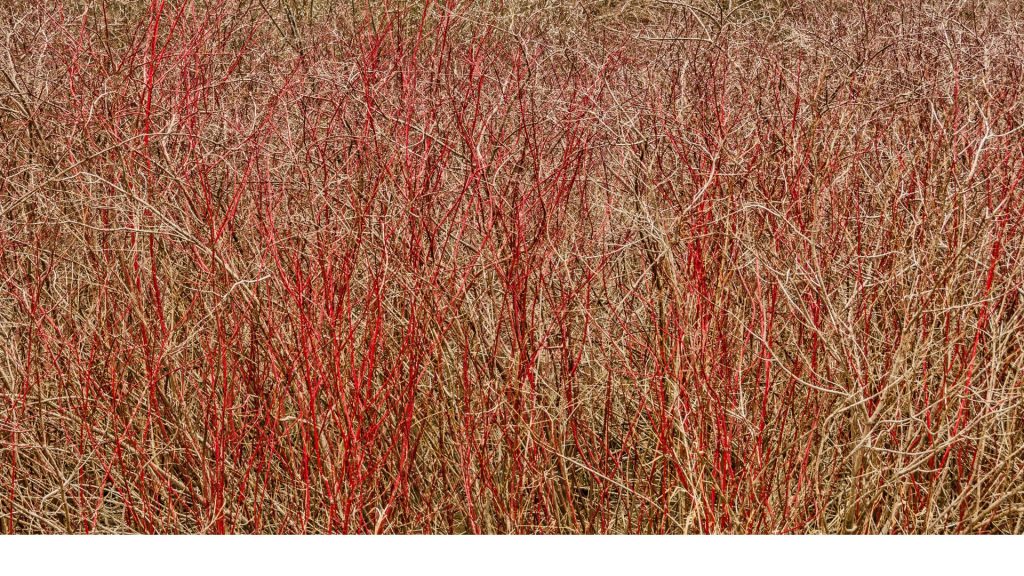
10. Red-twig Dogwood (Cornus sericea)
- Growing Conditions: Full sun to partial shade, moist, well-drained soil.
- Size: 6-9 feet tall, 6-8 feet wide.
- Best Zones: 3-8.
- Bird Appeal: Red-twig dogwoods produce berries that are a favorite food for birds like robins, bluebirds, and thrushes. The bush also provides dense cover for birds seeking shelter.
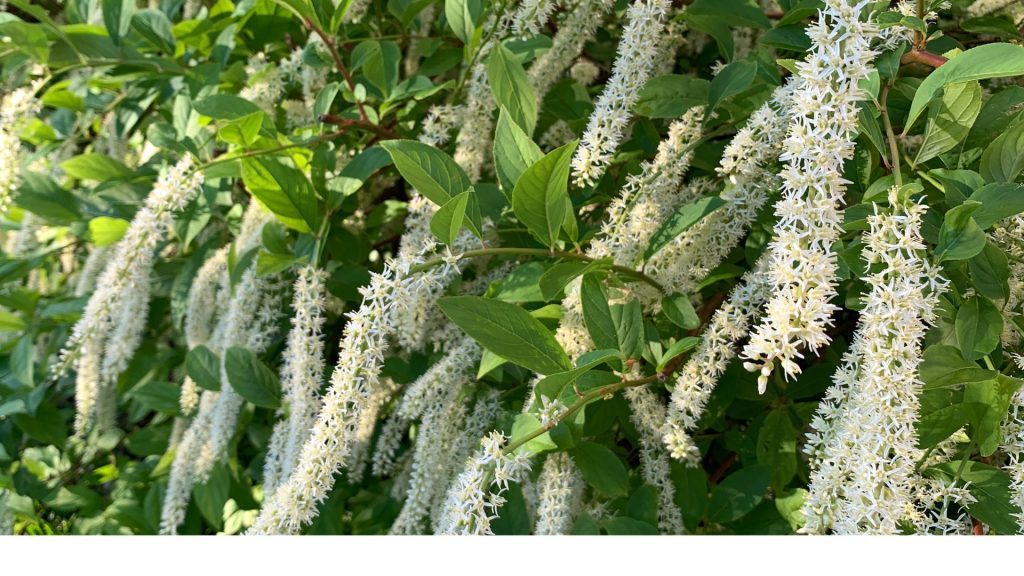
11. Virginia Sweetspire (Itea virginica)
- Growing Conditions: Full sun to partial shade, moist, well-drained soil.
- Size: 3-4 feet tall, 3-5 feet wide.
- Best Zones: 5-9.
- Bird Appeal: This plant’s fragrant flowers attract bees and butterflies, and its red berries in the fall provide food for birds like cardinals and woodpeckers.
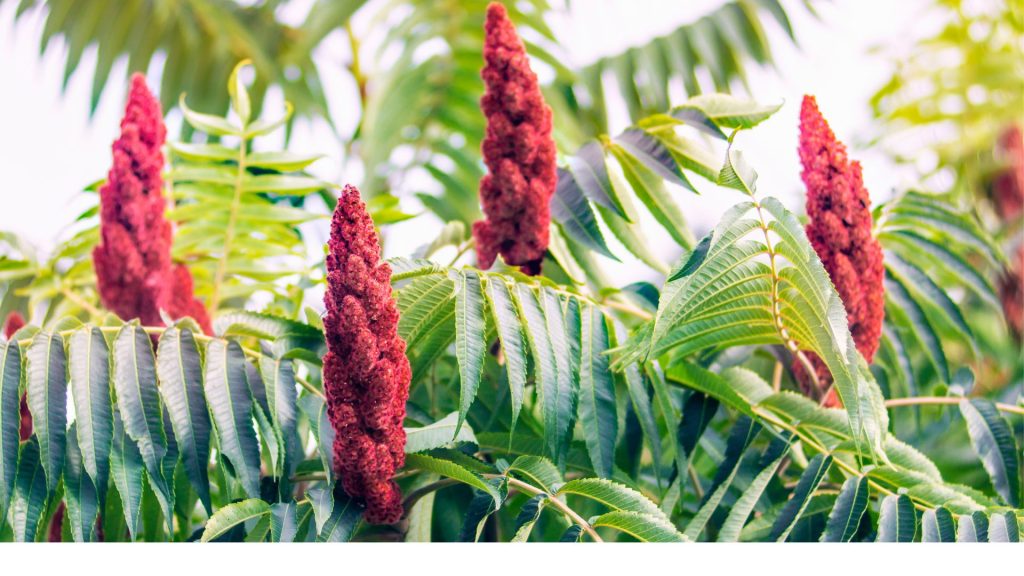
12. Sumac (Rhus spp.)
- Growing Conditions: Full sun, well-drained soil.
- Size: 6-20 feet tall, 6-12 feet wide.
- Best Zones: 3-8.
- Bird Appeal: Sumac produces clusters of red berries that birds love, including cedar waxwings, finches, and grouse. Its large, bushy form also provides shelter and nesting opportunities.
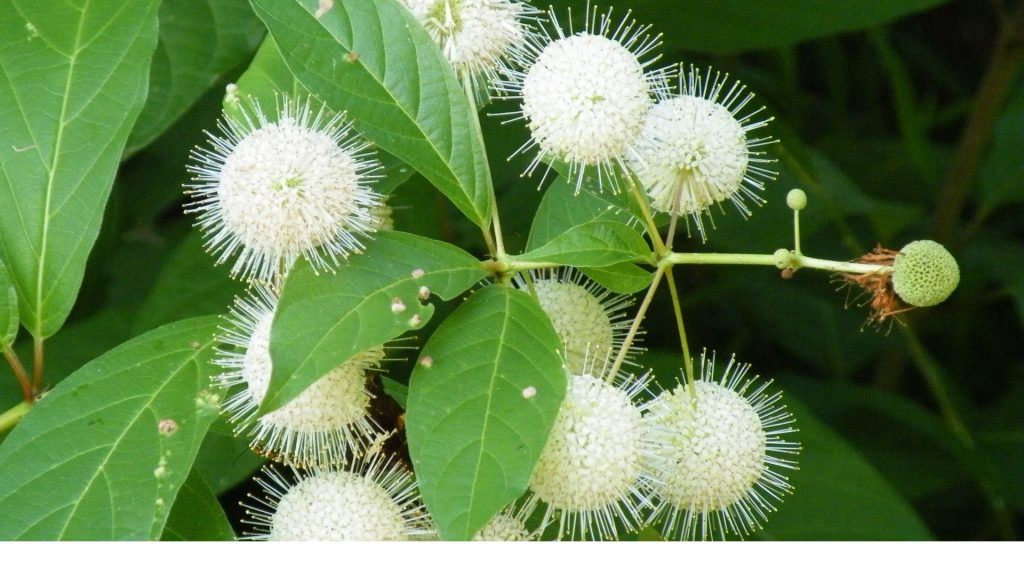
13. Buttonbush (Cephalanthus occidentalis)
- Growing Conditions: Full sun to partial shade, wet, well-drained soil.
- Size: 3-6 feet tall, 3-6 feet wide.
- Best Zones: 5-9.
- Bird Appeal: The spherical flowers of the buttonbush attract hummingbirds, while the seeds are loved by ducks, woodpeckers, and other waterfowl.
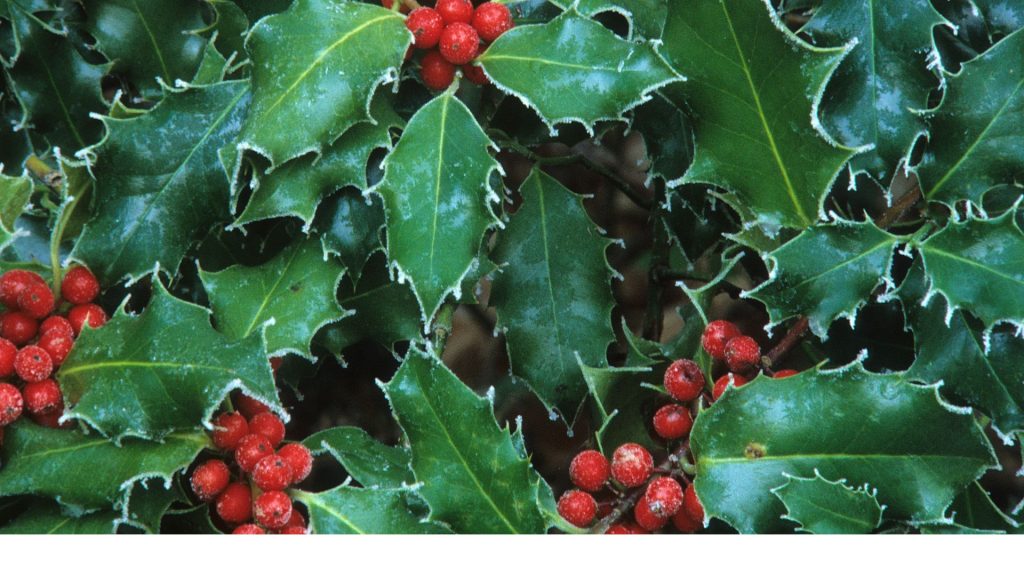
14. Winterberry Holly (Ilex verticillata)
- Growing Conditions: Full sun to partial shade, moist, well-drained soil.
- Size: 6-10 feet tall, 6-10 feet wide.
- Best Zones: 3-9.
- Bird Appeal: The bright red berries of winterberry holly persist through winter, providing food for birds like robins, thrushes, and mockingbirds.
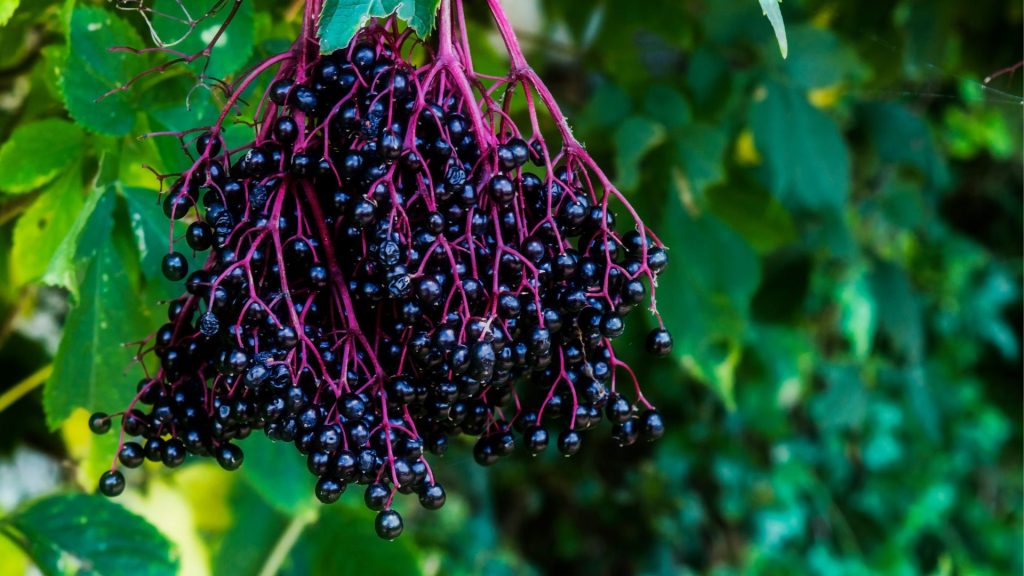
15. American Elderberry (Sambucus canadensis)
- Growing Conditions: Full sun to partial shade, moist, well-drained soil.
- Size: 6-12 feet tall, 6-8 feet wide.
- Best Zones: 3-8.
- Bird Appeal: Elderberries are a favorite treat for birds, especially robins, catbirds, and cedar waxwings. The plant also provides dense foliage for shelter.
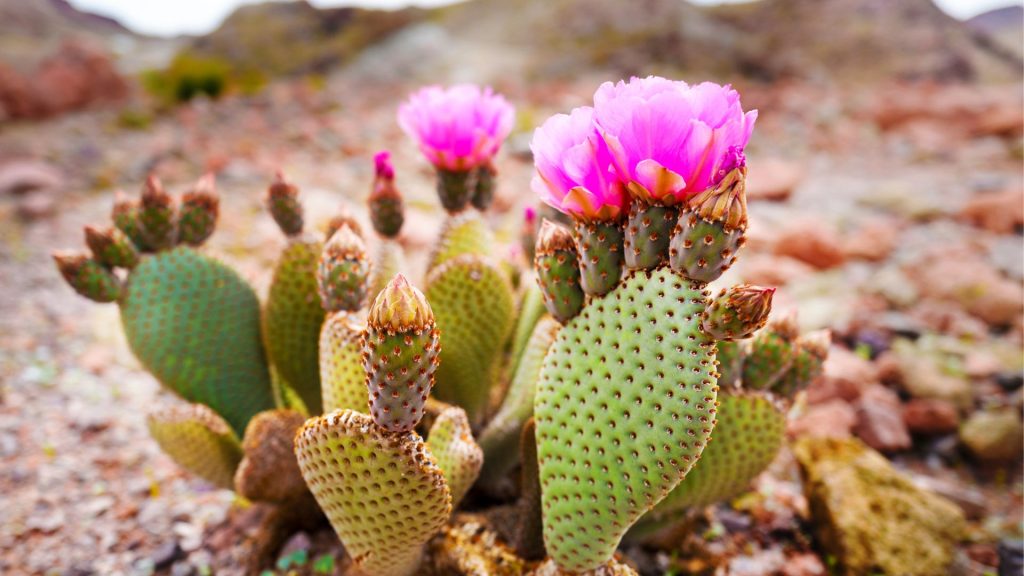
16. Prickly Pear Cactus (Opuntia spp.)
- Growing Conditions: Full sun, well-drained, sandy soil.
- Size: 2-6 feet tall, 3-6 feet wide.
- Best Zones: 4-11.
- Bird Appeal: While cactus might not seem like an obvious bird magnet, its fruits provide an important food source for birds like quail and sparrows. It also offers some shelter for small birds.
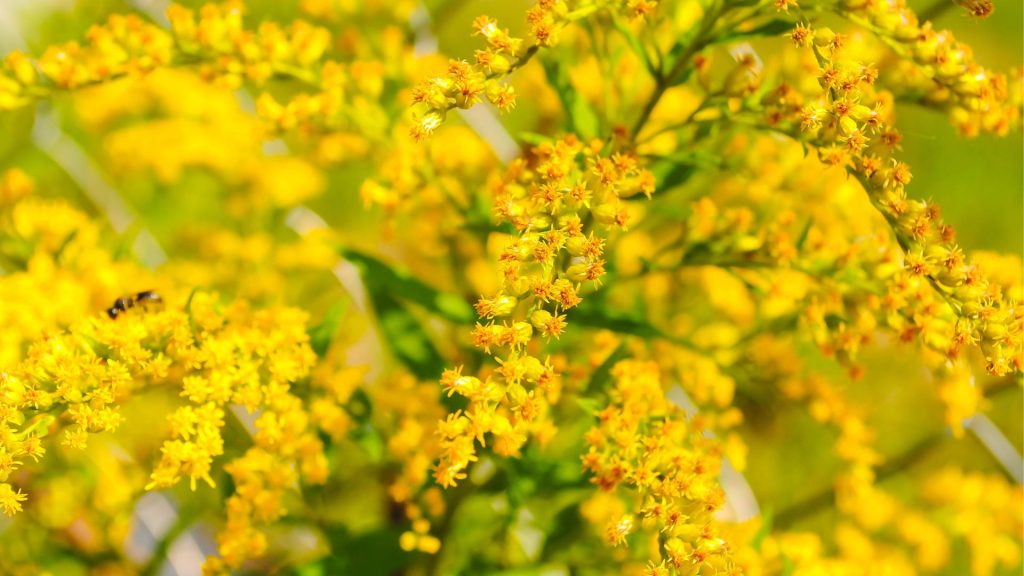
17. Goldenrod (Solidago spp.)
- Growing Conditions: Full sun, dry to medium soil.
- Size: 2-4 feet tall, 1-2 feet wide.
- Best Zones: 3-9.
- Bird Appeal: Goldenrod’s bright yellow flowers attract pollinators and the seeds are a source of food for birds like goldfinches and sparrows.
Sunny Thoughts
Incorporating native plants into your garden not only helps support local wildlife, but it also offers a colorful, low-maintenance landscape. By choosing plants that provide food, shelter, and nesting sites, you can attract a diverse range of birds to your yard, all while helping to preserve the natural beauty of your area.
Whether you have a small suburban backyard or a sprawling country property, these 17 native plants are sure to make your space more bird-friendly and beautiful. So, get planting and enjoy watching the birds flock to your garden!







